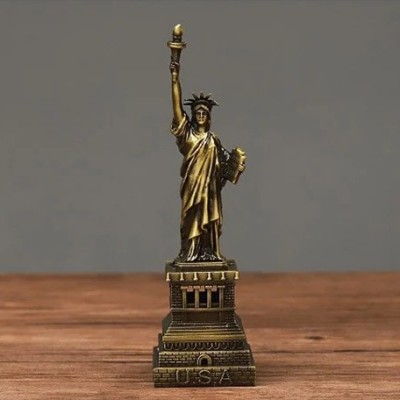
www.upworthy.com
100 years ago, people were eating things that most of us will never taste. So what happened?
Back in 1905, a book called "The Apples of New York" was published by the New York State Department of Agriculture. It featured hundreds of apple varieties of all shapes, colors, and sizes, including Thomas Jefferson's personal favorite, the Esopus Spitzenburg.That was 120 years ago, when commercial apple orchards were still pretty rare and when even in the biggest of those orchards, everything was done by hand. 1905, image of an apple orchard in OregonPublic Domain Yeah, yeah, yeah. But why is that apple book such a big deal? The book is significant because most of the apples listed in it have all but disappeared in the past century. DISAPPEARED. In fact, we used to have thousands of apple varieties, but most of those have largely vanished due to industrial agriculture. Now, many varieties are only found tucked away in agricultural research centers and preservationist orchards.Fact: Today, the 15 most popular apple varieties account for 90% of all apple sales in the U.S. The most commonly sold apple? Red delicious.2025 looks so differentThe fate of all those apple varieties is not uncommon. "In the last century, nearly 75% of our agricultural crops have disappeared. They're simply gone. Today, farmers primarily grow 12 crops. And of these, we mainly eat potatoes, rice, corn, and wheat." The apples we eat today are a small fraction of what used to be available.Photo credit: CanvaSo what gives? Why the huge shift? In part, the shift has a lot to do with seed regulation. Back in the day, farmers would save seeds from year to year and share them with friends and neighbors. But nowadays, most seed production is controlled by big companies — and those companies patent their seeds, prohibiting things like seed saving or sharing.So what do we do now?Not all hope is lost (yay!). It may be an uphill battle, but there are lots of small farmers working to preserve the freedom to freely share and use seeds. People store thousands of seeds from all around the world in buildings called seed banks, and trade with other farmers at seed swaps."They're preserving culture and biodiversity, one seed, one plant, and one person at a time." How 'bout them apples? (No, really, I bet those antique apples they're swappin' are ridiculously tasty.)To check out the full story from The Lexicon of Sustainability, watch the video below:In the years since...Since we first covered this story, there have been some changes in the world of Apples. Nationally, Red Delicious is no longer the top seller; Gala has held the No. 1 spot in recent seasons (about 17% of U.S. production in 2024–25), with Red Delicious, Granny Smith, Honeycrisp and Fuji rounding out the leaders. Newer darlings like Cosmic Crisp continue to climb—especially in Washington, the country’s largest producing state—where it’s now among the top five grown.Meanwhile, the hunt for “lost” apples has accelerated. The Lost Apple Project and partner sleuths keep turning up forgotten cultivars across the Inland Northwest and beyond, publishing a 2025 master list of rediscovered varieties and inviting the public to help track down more. It’s a small but hopeful countercurrent to the last century’s big consolidation. This article originally appeared last year.










